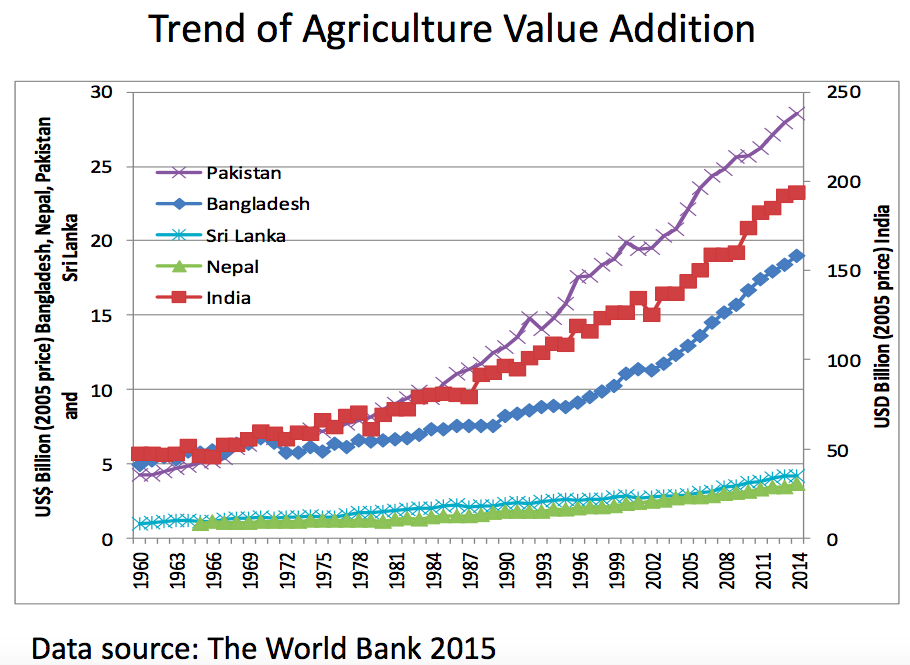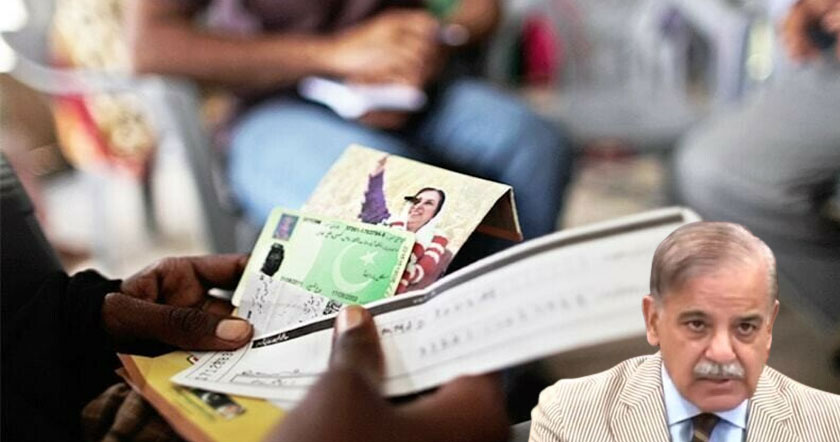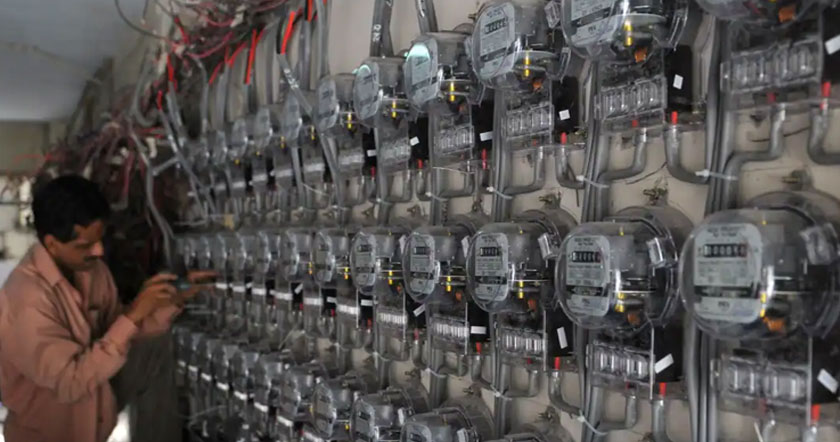http://www.riazhaq.com/2018/09/pakistan-tops-south-asia-in-agriculture.html
While Pakistan has lagged in South Asia region in manufacturing value addition, the country enjoys a significant lead in agriculture value addition over Bangladesh and India. Livestock revolution and increasing farm mechanization have enabled Pakistan to significantly raise agriculture productivity and rural incomes since 1980s. There is rising tractor ownership and growing economic activity in dairy, meat and poultry sectors now accounts for just over 50% of the nation's total agricultural output. The result is that per capita value added to agriculture in Pakistan is almost twice as much as that in Bangladesh and India. However, Pakistan still gets less crop per drop than India which means there is significant opportunity for water saving.
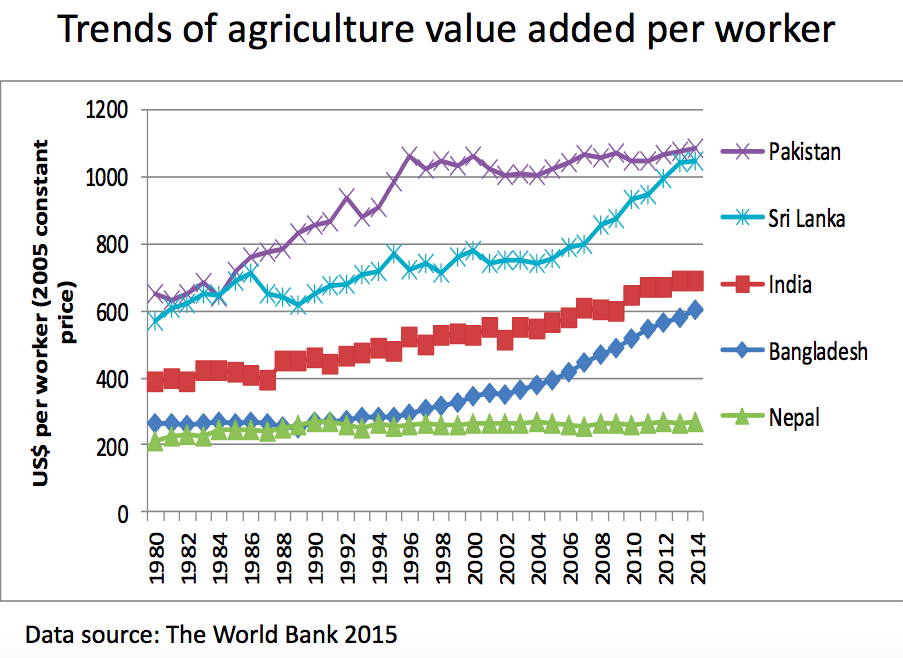
Agriculture Value Addition:
As of 2014, the agriculture value addition in Pakistan is estimated at $1,050 per worker, significantly higher than $700 per worker in India and $600 per person in Bangladesh., according to the World Bank data as reported by Dr. Krishna Pradad Pant in Agriculture Investment in his paper titled "South Asia:trends, opportunities and challenges".
Adding value is the process of changing or transforming a product from its original state to a more valuable state, according to Professor Mike Boland of Kansas State University. The professor explains how it applies to agriculture as follows:
"Many raw commodities have intrinsic value in their original state. For example, field corn grown, harvested and stored on a farm and then fed to livestock on that farm has value. In fact, value usually is added by feeding it to an animal, which transforms the corn into animal protein or meat. The value of a changed product is added value, such as processing wheat into flour. It is important to identify the value-added activities that will support the necessary investment in research, processing and marketing. The application of biotechnology, the engineering of food from raw products to the consumers and the restructuring of the distribution system to and from the producer all provide opportunities for adding value."
Tractor Ownership:
Agriculture mechanization is measured in terms of tractor ownership in horsepower per hectare of cultivated land. It has grown in Pakistan from 1.02 hp per hectare in 1992 to 1.5 hp/ha in 2015, according to a paper titled "In Pakistan, Agriculture Mechanization Status" by Muhammad Aamir Iqbal. It is still significantly lower than India's 2.50, China's 3.88 and Japan's 7.0.
Pakistan's tractor market is growing. In 2017, over 60,000 tractors were sold. Production capacity stands at 70,000 units per annum and models range from 55 to 85hp, according to a report in Pakistan's Dawn newspaper. Since the launch of the indigenization program initiated in the eighties by the Pakistan Tractor Corporation, the industry has achieved 95% localization in terms of production.
Crop Per Drop:
Data on irrigation efficiency in Pakistan highlights significant opportunities for saving water.
In an average rainfall year, the water productivity for wheat in Pakistan (0.76 kg/m3) is 24% less than the global average (~1.0 kg/m3), according to Water Watch . During the drought of 2001- 02, water productivities were at the same level as the global average. Hence, drought results in a more efficient utilization of water resources by wheat crops grown in the rabi (the dry winter season).
Water Watch found that rice yield in Pakistani Punjab is on-average 24% higher than in Sindh. The water productivity of rice (0.45 kg/m3) is 55% below the average value for rice in Asia (~1.0 kg.m3). Contrary to wheat, the water productivity of rice decreased during the 2001 drought, because rice is sensitive to water stress and to salinity that is intensified through increased groundwater withdrawals.
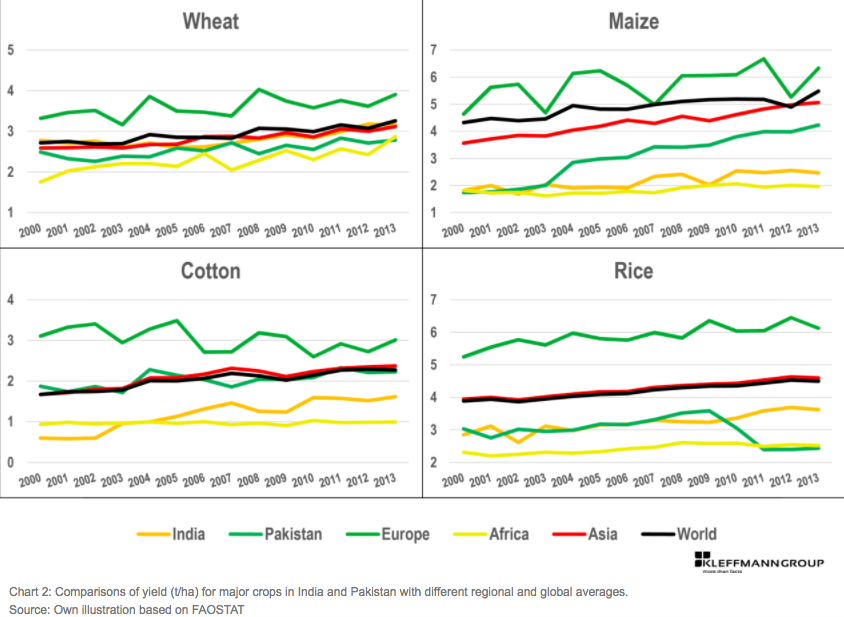
Crop Yield Comparison. Source: Kleffman Group
Pakistan lags India in water productivity. Crop yields show distinct North-South and East-West variations: wheat yields in the Indian Punjab average 29% higher than in the Pakistani Punjab to the west, and wheat yields in the Pakistani Punjab are 33% higher than in the Pakistani Sindh to the south. These spatial patterns of wheat yield are similar for 1984-85 and 2001- 02. Because crop evapotranspiration in the Pakistani Punjab and Indian Punjab are similar, the difference in crop yields between these two regions is also responsible for the difference in water productivity values. This important conclusion implies that increased water productivity can only be achieved by increased crop yields. Experiments of the Pakistan Agricultural Research Council across the country (n=41) have indicated that the overall yield of wheat can be increased by 54%, provided that inputs are optimal. Improved management of water quality (groundwater and canal water) and evacuation of drainage water are important components for improving agricultural production. Seed quality, fertilizers, and pesticide control should also be improved.
Summary:
While Pakistan has lagged in South Asia region in manufacturing value addition, the country enjoys a significant lead in agriculture value addition over Bangladesh and India. Livestock revolution and increasing farm mechanization have enabled Pakistan to significantly raise agriculture productivity and rural incomes since 1980s. There is rising tractor ownership and growing economic activity in dairy, meat and poultry sectors now accounts for just over 50% of the nation's total agricultural output. The result is that per capita value added to agriculture in Pakistan is almost twice as much as that in Bangladesh and India. Pakistan still gets less crop per drop than India which means there is significant opportunity for water saving.
http://www.riazhaq.com/2018/09/pakistan-tops-south-asia-in-agriculture.html
While Pakistan has lagged in South Asia region in manufacturing value addition, the country enjoys a significant lead in agriculture value addition over Bangladesh and India. Livestock revolution and increasing farm mechanization have enabled Pakistan to significantly raise agriculture productivity and rural incomes since 1980s. There is rising tractor ownership and growing economic activity in dairy, meat and poultry sectors now accounts for just over 50% of the nation's total agricultural output. The result is that per capita value added to agriculture in Pakistan is almost twice as much as that in Bangladesh and India. However, Pakistan still gets less crop per drop than India which means there is significant opportunity for water saving.

Agriculture Value Addition:
As of 2014, the agriculture value addition in Pakistan is estimated at $1,050 per worker, significantly higher than $700 per worker in India and $600 per person in Bangladesh., according to the World Bank data as reported by Dr. Krishna Pradad Pant in Agriculture Investment in his paper titled "South Asia:trends, opportunities and challenges".
Adding value is the process of changing or transforming a product from its original state to a more valuable state, according to Professor Mike Boland of Kansas State University. The professor explains how it applies to agriculture as follows:
"Many raw commodities have intrinsic value in their original state. For example, field corn grown, harvested and stored on a farm and then fed to livestock on that farm has value. In fact, value usually is added by feeding it to an animal, which transforms the corn into animal protein or meat. The value of a changed product is added value, such as processing wheat into flour. It is important to identify the value-added activities that will support the necessary investment in research, processing and marketing. The application of biotechnology, the engineering of food from raw products to the consumers and the restructuring of the distribution system to and from the producer all provide opportunities for adding value."
Tractor Ownership:
Agriculture mechanization is measured in terms of tractor ownership in horsepower per hectare of cultivated land. It has grown in Pakistan from 1.02 hp per hectare in 1992 to 1.5 hp/ha in 2015, according to a paper titled "In Pakistan, Agriculture Mechanization Status" by Muhammad Aamir Iqbal. It is still significantly lower than India's 2.50, China's 3.88 and Japan's 7.0.
Pakistan's tractor market is growing. In 2017, over 60,000 tractors were sold. Production capacity stands at 70,000 units per annum and models range from 55 to 85hp, according to a report in Pakistan's Dawn newspaper. Since the launch of the indigenization program initiated in the eighties by the Pakistan Tractor Corporation, the industry has achieved 95% localization in terms of production.
Crop Per Drop:
Data on irrigation efficiency in Pakistan highlights significant opportunities for saving water.
In an average rainfall year, the water productivity for wheat in Pakistan (0.76 kg/m3) is 24% less than the global average (~1.0 kg/m3), according to Water Watch . During the drought of 2001- 02, water productivities were at the same level as the global average. Hence, drought results in a more efficient utilization of water resources by wheat crops grown in the rabi (the dry winter season).
Water Watch found that rice yield in Pakistani Punjab is on-average 24% higher than in Sindh. The water productivity of rice (0.45 kg/m3) is 55% below the average value for rice in Asia (~1.0 kg.m3). Contrary to wheat, the water productivity of rice decreased during the 2001 drought, because rice is sensitive to water stress and to salinity that is intensified through increased groundwater withdrawals.

Crop Yield Comparison. Source: Kleffman Group
Pakistan lags India in water productivity. Crop yields show distinct North-South and East-West variations: wheat yields in the Indian Punjab average 29% higher than in the Pakistani Punjab to the west, and wheat yields in the Pakistani Punjab are 33% higher than in the Pakistani Sindh to the south. These spatial patterns of wheat yield are similar for 1984-85 and 2001- 02. Because crop evapotranspiration in the Pakistani Punjab and Indian Punjab are similar, the difference in crop yields between these two regions is also responsible for the difference in water productivity values. This important conclusion implies that increased water productivity can only be achieved by increased crop yields. Experiments of the Pakistan Agricultural Research Council across the country (n=41) have indicated that the overall yield of wheat can be increased by 54%, provided that inputs are optimal. Improved management of water quality (groundwater and canal water) and evacuation of drainage water are important components for improving agricultural production. Seed quality, fertilizers, and pesticide control should also be improved.
Summary:
While Pakistan has lagged in South Asia region in manufacturing value addition, the country enjoys a significant lead in agriculture value addition over Bangladesh and India. Livestock revolution and increasing farm mechanization have enabled Pakistan to significantly raise agriculture productivity and rural incomes since 1980s. There is rising tractor ownership and growing economic activity in dairy, meat and poultry sectors now accounts for just over 50% of the nation's total agricultural output. The result is that per capita value added to agriculture in Pakistan is almost twice as much as that in Bangladesh and India. Pakistan still gets less crop per drop than India which means there is significant opportunity for water saving.
http://www.riazhaq.com/2018/09/pakistan-tops-south-asia-in-agriculture.html


